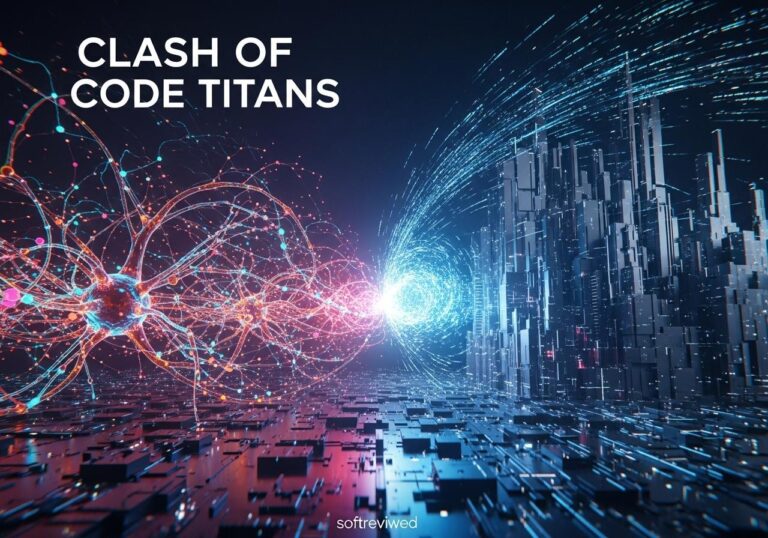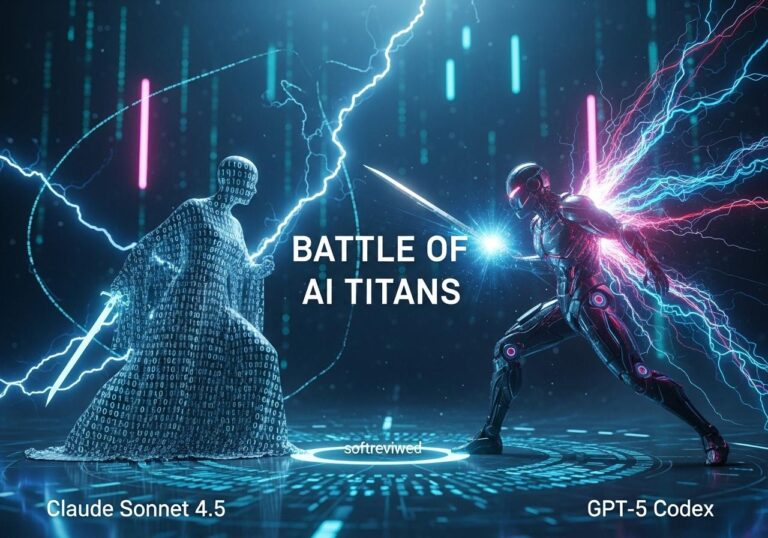Google DeepMind’s SynthID: AI Text Watermarking
A revolutionary tool for identifying and protecting AI-generated content
Open Source Release
Google DeepMind has made SynthID freely available to developers, promoting transparency in AI text generation.
Invisible Watermarking
SynthID embeds undetectable watermarks directly into AI-generated text using sophisticated deep learning algorithms.
Tamper Resistance
The watermark is designed to withstand modifications while maintaining its ability to identify AI-generated content.
Limitations
Effectiveness may reduce with heavy text modifications, translations, and shorter content pieces.
User Experience
Maintains original text quality and readability while providing robust watermarking capabilities.
Accountability
Enhances transparency in AI content creation by enabling clear identification of AI-generated text.
In an era where artificial intelligence (AI) is rapidly transforming the digital landscape, distinguishing between human-created and AI-generated content has become increasingly challenging. To address this growing concern, Google DeepMind has taken a significant step forward by open-sourcing SynthID, a sophisticated tool designed to watermark and detect AI-generated text. This development marks a crucial advancement in promoting transparency and trust in the expanding world of AI-generated content.
What is SynthID?
SynthID is a cutting-edge technology developed by Google DeepMind that embeds invisible watermarks directly into AI-generated text, images, audio, and video. For text specifically, SynthID-Text is a production-ready watermarking scheme that preserves text quality while ensuring high detection accuracy with minimal latency.
How Does SynthID Work?
At its core, SynthID uses advanced deep learning models and algorithms to insert an imperceptible watermark into AI-generated content. For text, the process works as follows:
- As an AI model generates text token by token, SynthID subtly adjusts the probability scores of predicted tokens.
- These adjustments create a unique pattern that serves as the watermark.
- The watermark is embedded throughout the text, with a single sentence potentially containing multiple adjusted probability scores.
This technique allows SynthID to watermark texts as short as three sentences while maintaining the quality and creativity of the original content.
Key Features and Benefits of SynthID
1. Imperceptible Watermarking
SynthID's watermark is invisible to the human eye, ensuring that the reading experience remains unaffected. This is crucial for maintaining the integrity and quality of AI-generated content.
2. High Detection Accuracy
During testing, SynthID demonstrated an impressive ability to identify watermarked text with an accuracy rate exceeding 95%.
3. Resilience to Modifications
The watermark is designed to withstand common text modifications such as cropping, minor edits, or mild paraphrasing. However, it's important to note that significant rewrites or translations can reduce the watermark's effectiveness.
4. Integration with Existing Systems
SynthID-Text integrates seamlessly with speculative sampling, a technique used to increase efficiency in production systems. This allows for scalable watermarking without affecting text generation speed.
5. Open-Source Availability
By making SynthID open-source, Google has invited the global developer community to contribute to its improvement and integration into various AI applications.
Applications and Implications
The release of SynthID as an open-source tool has far-reaching implications for various sectors:
1. Combating Misinformation
SynthID can play a crucial role in identifying and mitigating the spread of AI-generated misinformation, helping to maintain the integrity of online content.
2. Enhancing Academic Integrity
Educational institutions can use SynthID to detect AI-generated content in academic submissions, promoting originality and discouraging plagiarism.
3. Improving Digital Advertising
The tool could help advertisers and platforms identify AI-generated content, ensuring transparency in digital marketing practices.
4. Protecting Intellectual Property
Content creators can use SynthID to watermark their AI-generated work, providing a layer of protection against unauthorized use or misattribution.
Limitations and Challenges

While SynthID represents a significant advancement in AI content verification, it's not without limitations:
- Short Text Detection: The tool is less effective with extremely short texts (less than three sentences).
- Translation and Heavy Editing: Significant rewrites or translations can reduce the watermark's detectability.
- Factual Content: Watermarking is less effective on purely factual responses, as there's less room for subtle adjustments without compromising accuracy.
- Potential for Evasion: Determined adversaries might develop methods to bypass or remove the watermark, highlighting the need for ongoing refinement.
Expert Opinions and Public Reaction
The release of SynthID has sparked diverse reactions from experts and the public:
Positive Perspectives
Many experts view SynthID as a crucial step towards responsible AI development. They highlight its potential to enhance transparency and trust in digital communications.
Concerns and Skepticism
Some critics express skepticism about the tool's effectiveness against sophisticated adversaries. There are also concerns about potential false flags in academic settings.
Call for Comprehensive Approaches
Experts emphasize that while SynthID is a valuable tool, it should be part of a multi-layered approach to AI content identification and verification.
The Future of AI Content Verification
As AI-generated content becomes increasingly prevalent, tools like SynthID will play a vital role in maintaining trust and authenticity in digital communications. However, the effectiveness of such tools will depend on:
- Widespread Adoption: The impact of SynthID will be maximized if it's widely adopted across various AI platforms and applications.
- Continuous Improvement: Ongoing research and development will be crucial to address current limitations and stay ahead of potential evasion techniques.
- Industry Standards: The development of comprehensive industry standards for AI content watermarking could enhance the overall effectiveness of tools like SynthID.
- Regulatory Frameworks: As the technology evolves, policymakers may need to consider new regulations to govern the use and verification of AI-generated content.
How Can SynthID Help Ensure the Authenticity of AI-Generated Content in Microchip Design?
SynthID plays a crucial role in establishing the authenticity of AI-generated content in microchip design. By embedding verifiable markers in the digital fabric, it fosters trust in designs. This technology supports a transparent framework, ensuring that the process of aidriven microchip innovation remains accountable and credible in a rapidly evolving industry.
Conclusion
Google's decision to open-source SynthID represents a significant milestone in the quest for responsible AI development. By providing a robust tool for watermarking and detecting AI-generated text, SynthID offers a promising solution to the growing challenge of content authenticity in the digital age. While it's not a panacea for all concerns surrounding AI-generated content, SynthID sets a new standard for transparency and accountability in the AI industry.
As we move forward, the continued refinement and widespread adoption of tools like SynthID will be crucial in fostering trust, combating misinformation, and ensuring the responsible growth of AI technologies. The open-source nature of SynthID invites collaboration and innovation, paving the way for a future where the benefits of AI can be harnessed while mitigating potential risks.
SynthID: Key Features and Performance Metrics
This chart illustrates key performance metrics and features of Google’s SynthID tool, showing effectiveness rates across different aspects of AI text watermarking.







